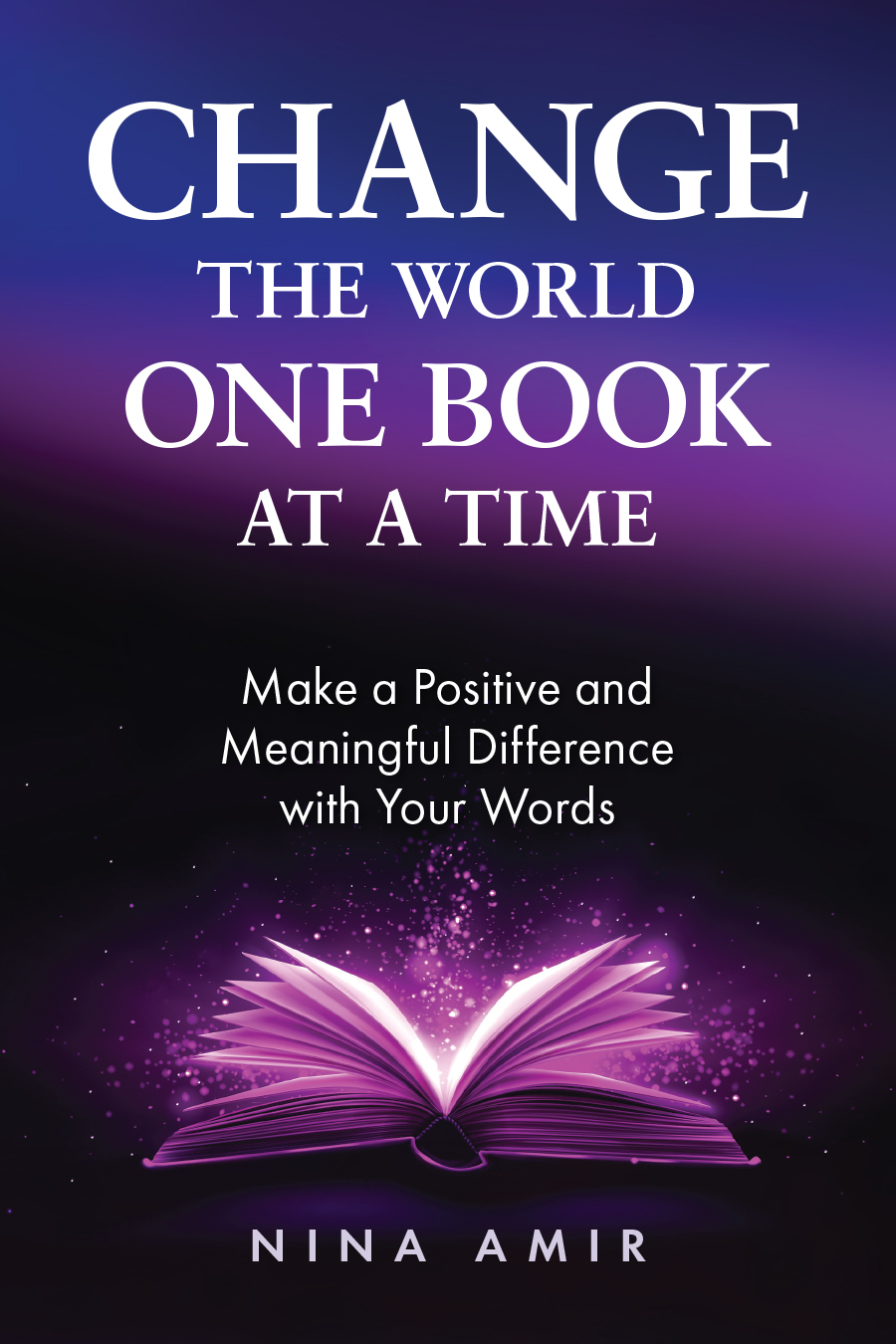
On the Hebrew calendar date of the 15th of Tishri, just five days after the Jewish holiday of Yom Kippur (Day of Repentance) ends, the lesser-known holiday of Sukkot begins. Unlike the solemn and serious holiday that precedes it, Sukkot is a joyous holiday. In fact, this week-long holiday is known as Z’man Simchateinu, the Season of Our Rejoicing or the Season Of Our Joy. And the holiday’s joy represents a drastic departure from the solemnity of Yom Kippur.
Anyone, no matter their religious affiliation, can take advantage of the energy and intent of this holiday. Joy and gratitude represent the most powerful prayers and ways to connect with God-and the most universal ones as well. They also provide you with the most powerful ways in which to manifest what you want and need in your life, including a connection with God.
Celebrate the Fragility of Life
A rabbi once taught me that the festival of Sukkot provides the “antidote to Yom Kippur.” At the time when Sukkot begins, Jews have just completed 10 days of serious introspection. They have spent many long hours on their own and in synagogue services contemplating their misdeeds from the past year and making attempt to rectify them, if possible. They have spent a whole day repenting, fasting, praying, and feeling sorry for the things they’ve done wrong. At the conclusion of this most holy day of the year, they arise hopefully inscribed for another year in the proverbial Book of Life.
And then comes Sukkot, when they can celebrate being cleansed of those sins and having a new lease on life and another chance to do better, be better. At this time, Jews celebrate life itself and the joy of being alive for another year.
Jews all over the world get up from their prayers and inward focus after Yom Kippur and move into the complete physicality of building and decorating the sukkah, a temporary structure or “booth.” The sukkah symbolizes the fragility of all life, which can be taken down, removed, at any moment. Much like your body, it offers temporary shelter, and if you take the time to look through the cracks in the roof you can see through to essence of who you are and to your connection with Source. Jews decorate these sukkot (plural for sukkah) with things that represent that which sustains all of humanity—all the goodness and abundance of the world around you, such as harvest items.
Then, inside these structures, Jews feast and pray by getting up and shaking ritual items in a physical celebration of life. They joyously celebrate another year of their own life as well as the life of the earth itself, the essence of physicality, and all that She gives to sustain us.
Acknowledge Being Alive
Historically, Sukkot commemorates the 40-year period during which the Israelites wandered in the desert and lived in temporary structures (sukkot). During the holiday of Sukkot, Jews are commanded to live in sukkot in memory of the period of wandering after the Exodus from Egypt. Sukkot also is the last of three pilgrimage festivals mentioned in the Bible or Torah and is described as the “Feast of Tabernacles.” (Some Christian religions celebrate this holiday as well.) Additionally, Sukkot is a harvest festival, sometimes referred to as Chag Ha’Asif, the “Festival of the Ingathering,” or harvesting.
More than all of that, Sukkot represents a time when you acknowledge that, at the moment, you are alive, but you know that could change at any moment. Like the flimsy, fragile sukkah, you acknowledge the impermanent nature of your life. Yet, you celebrate another year of life. You celebrate your life and life in general. You celebrate a new year and all that sustains life—the earth, the harvest, God, your connection to the Divine.
Be Joyous!
These are things to be joyous about! And there’s nothing more important than being joyous. Happiness provides you with the energy to manifest what you want and need in your life both spiritually and physically.
Rebbe Nachman of Breslov, the great teacher whose wisdom is pertinent to all people everywhere even today, taught over and over again that at all costs you must find ways to be happy and joyous. He said this was the best—in fact, the primary—way to connect with God. “Joy is not merely incidental to your spiritual quest,” he taught. “It is vital.”
Your feelings belie your thoughts, and your thoughts are creative. When you aren’t happy, you dwell on negative thoughts, and you create them in your life. “You are wherever your thoughts are. Make sure your thoughts are where you want to be,” suggested Rebbe Nachman.
Don’t stay in thoughts of regret. Don’t remain focused on the past. Don’t find yourself living in this negative mental or emotional place for the next year.
Get Present
Sukkot moves you into the present moment. Sukkot, The Season of Our Joy and of Our Rejoicing, offers seven days in which to practice being joyous—and grateful for all that you have right now. It allows you to move into the future by creating it with your new prayers and thoughts and intentions of gratitude and joy.
Sukkot offers Jews and non-Jews alike a superb reminder of the importance of practicing happiness and joy. The holiday reminds you to feel joy, to have a spiritual practice of joyousness, and to celebrate and feel grateful for life every moment of every day.


